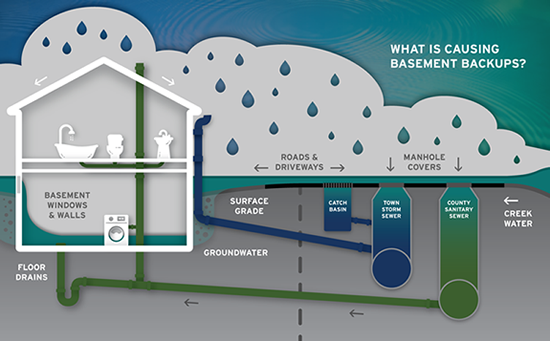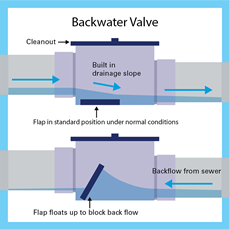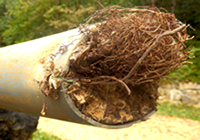Understanding Basement Backups
Basement backups occur when wastewater overflows into your basement. This can be caused by a variety of factors including:
• Blockages in the sewer line
• Inflow during heavy rainfall
overwhelming the sewer system
• Tree roots infiltrating sewer pipes
• Aging or damaged sewer infrastructure
By taking preventative measures, you can reduce the risk of basement backups and protect your home from potential damage. However, if you ever find yourself in need of our services, please don’t hesitate to give us a call (315) 435-3157 |





